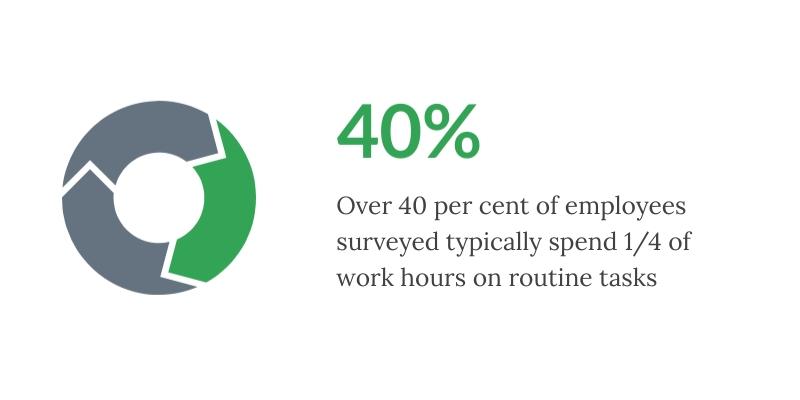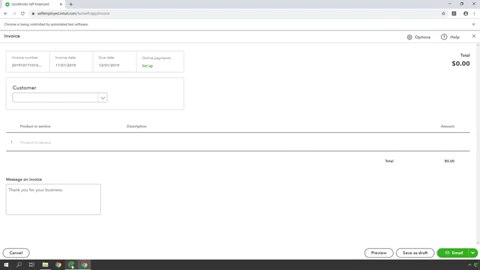Recently we have heard countless conversations about how automation improves productivity and reduces operational costs for businesses coupled with stories of how automation is taking jobs away from workers. Yet, according to a report by McKinsey Global Institute, it is not the case - less than five percent of occupations consist of procedures that can be fully automated.
Far more common is the robotization of repetitive tasks for a given role. According to McKinsey, there is currently about 60 percent of occupations with at least 30 percent of all operations that make up a specific job ready for automation.
Programmed robots are not taking away your job
Activities most susceptible to automation include physical ones in predictable environments, such as operating machinery and preparing fast food. Collecting and processing data are two other categories of activities that increasingly can be done better and faster with machines. This could displace large amounts of labor—for instance, in mortgage origination, paralegal work, accounting, and back-office transaction processing.
McKinsey Global InstituteIt is important to note that even when some procedures and tasks are automated, employment in those occupations may not decline, but rather people may start to perform new tasks.
Reduce the number of manual, time-consuming tasks
One of the ways employees in all departments can benefit from automation in their daily workflow is by reducing the number of tedious, rule-based tasks that are essential to keep the business running.

According to Smartsheet's survey, every 4 of 10 people spend at least two hours on routine, repetitive processes with data collection, transformation, and data entry occupying the most time.
Opportunities for Automation
One of the most significant opportunities that automation brings to enterprises lies in reducing time spent on repetitive work. So the short answer would be to start the robotization of the routine.
Which repetitive tasks would workers most like to see automated?
Smartsheet found three leading productivity killers that employees would like to automate:
- Data Collection. Automation of tasks related to extracting data from different sources eliminates human error and the time needed to perform the job.
- Approvals. Automation allows businesses to become more efficient by automating approvals, sign offs, and confirmation requests faster and without any unnecessary paperwork.
- Reports. Automatic updates sent right to your email or Slack, or another system helps to reduce the time spent on creating reports.

More Time for High-Value Work
By giving workers more time to be creative, robotization of routine tasks leads to more significant changes in businesses.
It's time for businesses to take a look at the processes — and bottlenecks — they have in place and think about how they might automate them to make their employees more productive. People are ready for companies to leverage automation to increase efficiency and free up time so that everyone can contribute to business success more actively by participating in analytical and strategic business processes.
If you want to learn more about the opportunities that automation brings to businesses or want to see ElectroNeek RPA at work, start a free trial that's available for all pricing plans. Choose the most suitable plan, invite teammates and successfully automate your routine!
